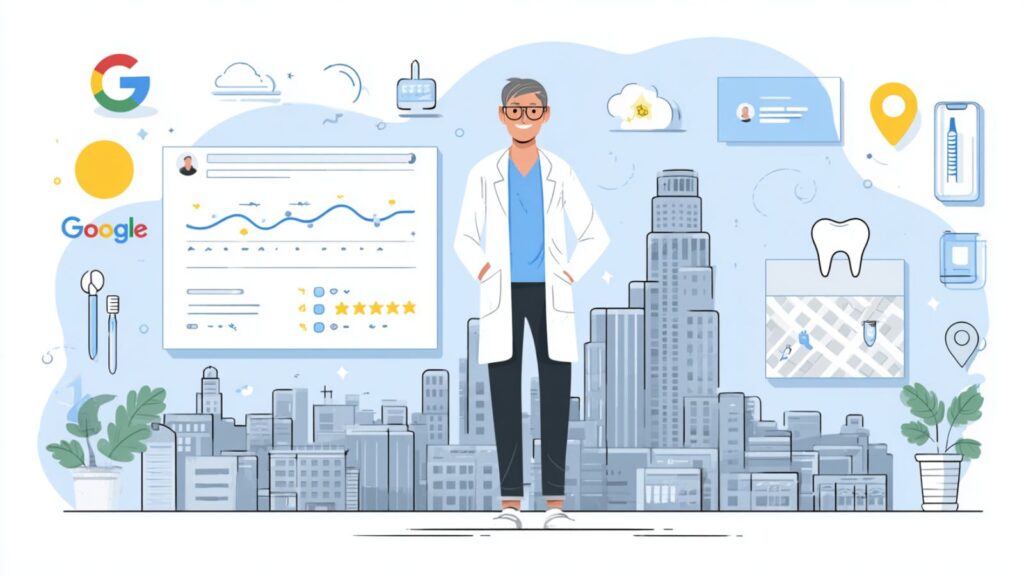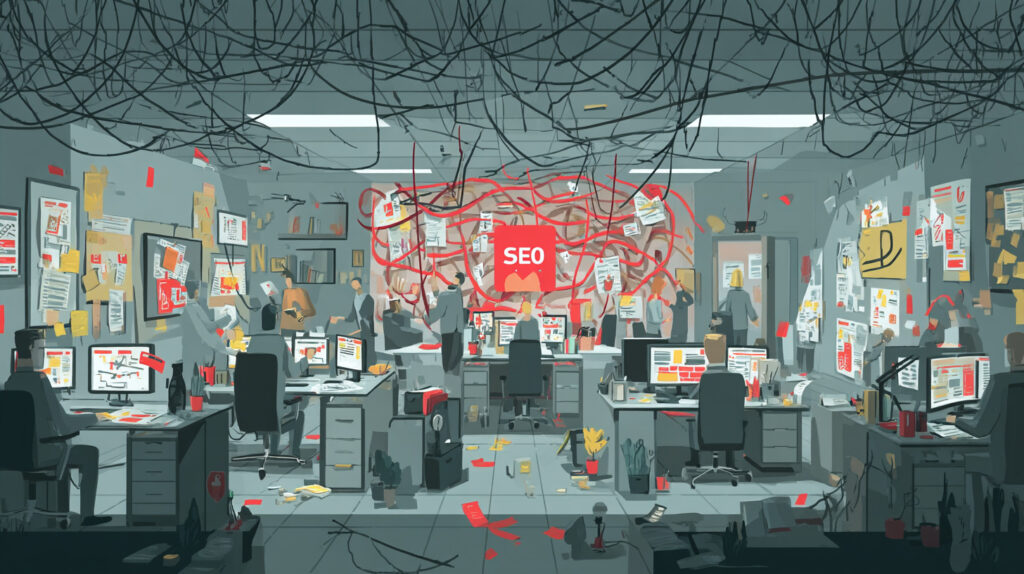E-commerce is booming, with global online sales projected to surpass $6 trillion this year. As competition intensifies, businesses must leverage cutting-edge web design and SEO strategies to stand out, drive traffic, and convert visitors into loyal customers. The latest trends in these fields reshape how e-commerce brands engage audiences, optimise user experiences, and climb search rankings. Here’s how innovative web design and SEO are fueling e-commerce growth.
The E-Commerce Landscape Today
Shoppers now expect seamless, personalised online experiences, whether browsing on a smartphone or desktop. Google’s algorithms have evolved to prioritise user-centric metrics like page speed, mobile usability, and content relevance. Meanwhile, consumers are savvier, relying on search engines, social media, and reviews to guide purchases. To thrive, e-commerce businesses must blend visually stunning, functional web design with strategic SEO to capture attention and build trust.
Web Design Trends Driving E-Commerce Success
1. Mobile-First, Responsive Design
With mobile devices accounting for over 60% of e-commerce traffic, responsive design is non-negotiable. The best e-commerce sites adapt flawlessly to any screen size, ensuring intuitive navigation and fast load times. Progressive Web Apps (PWAs) are gaining traction, offering app-like experiences with offline access and push notifications. For example, brands like ASOS use PWAs to deliver smooth mobile shopping, boosting engagement and reducing bounce rates.
2. Minimalist and Immersive Aesthetics
Clean, minimalist designs with ample white space are dominating e-commerce. These layouts highlight products, reduce clutter, and guide users toward purchases. At the same time, immersive storytelling—through high-quality visuals, 360-degree product views, and interactive elements—creates emotional connections. A jewellery brand might use video to showcase a necklace’s sparkle, driving conversions by letting shoppers “feel” the product.
3. AI-Powered Personalisation
Artificial intelligence is transforming web design by tailoring experiences to individual users. AI-driven tools analyse browsing behaviour to recommend products, customise homepage layouts, or display dynamic pricing. Amazon’s recommendation engine, for instance, drives 35% of its sales by suggesting items based on past purchases. E-commerce sites integrating AI chatbots also enhance customer service, answering queries instantly and reducing cart abandonment.
4. Accessibility as a Priority
Inclusive web design ensures e-commerce sites are usable by everyone, including those with disabilities. Features like alt text for images, keyboard navigation, and high-contrast modes are now standard. Not only does this align with legal requirements like WCAG 2.1, but it also expands market reach—15% of the global population has a disability. Brands prioritising accessibility build trust and tap into underserved audiences.
SEO Trends Boosting E-Commerce Visibility
1. Core Web Vitals and Page Experience
Google’s emphasis on user experience has made Core Web Vitals—metrics measuring loading speed, interactivity, and visual stability—critical for rankings. E-commerce sites must optimise images, use Content Delivery Networks (CDNS), and minimise JavaScript to meet these standards. A site loading under two seconds can rank higher and retain impatient shoppers, as 40% abandon pages that take longer than three seconds.
2. Voice Search Optimisation
With smart speakers and voice assistants like Alexa growing in popularity, voice search is reshaping SEO. Shoppers use conversational queries like “best running shoes for women near me.” E-commerce brands optimise for long-tail, natural-language keywords and structured data to appear in voice results. For example, a sporting goods store might target “where to buy Nike sneakers locally” to capture voice-driven traffic.
3. Video and Visual Search
Visual content is king, with video driving 80% of online traffic. E-commerce sites embedding product demos, tutorials, or customer testimonials see higher engagement and dwell time, both SEO boosters. Meanwhile, visual search—where users upload images to find products—surges. Platforms like Google Lens and Pinterest Lens allow shoppers to snap a photo of a dress and find similar items. Optimising images with descriptive alt text and schema markup ensures visibility in these searches.
4. E-E-A-T: Expertise, Authoritativeness, Trustworthiness
Google’s focus on E-E-A-T (Experience, Expertise, Authoritativeness, Trustworthiness) rewards e-commerce sites that demonstrate credibility. Publishing expert content, like a skincare brand’s blog on “How to Choose the Right Moisturiser,” builds authority. Secure payment gateways, transparent return policies, and customer reviews enhance trustworthiness. Backlinks from reputable sites, such as a fashion blog linking to a boutique, further signal expertise.
Synergy of Web Design and SEO
The magic happens when web design and SEO work together. A visually stunning site with poor SEO won’t rank, while a high-ranking site with clunky design won’t convert. For instance, a fast-loading, mobile-optimised site (web design) paired with keyword-rich product descriptions and structured data (SEO) creates a seamless journey from search to checkout. Brands like Shopify stores exemplify this, combining sleek design with robust SEO to dominate competitive niches.
Challenges and Solutions
Adopting these trends isn’t without hurdles. Small e-commerce businesses may lack the budget for AI tools or extensive redesigns. Keeping up with Google’s algorithm updates can also feel overwhelming. Practical solutions include:
- Start Small: Use free tools like Google’s PageSpeed Insights to identify quick SEO wins.
- Leverage Platforms: E-commerce platforms like Shopify or WooCommerce offer built-in SEO and responsive design features.
- Outsource Expertise: Partner with agencies for advanced SEO or AI integration if in-house resources are limited.
- Test Continuously: A/B test design changes and monitor SEO performance with tools like SEMrush or Ahrefs.
The Path to Growth
The latest web design and SEO trends empower e-commerce businesses to thrive in a crowded market. By embracing mobile-first design, AI personalisation, and accessibility, brands create user experiences that convert. Pairing these with SEO strategies like Core Web Vitals optimisation, voice search, and E-E-A-T builds visibility and trust. Together, they form a powerful engine for growth, helping e-commerce businesses compete and lead.
In a digital world with sky-high customer expectations, those who blend innovative design with strategic SEO will capture clicks, hearts, and sales. The future of e-commerce is here—design, optimise, and grow.




